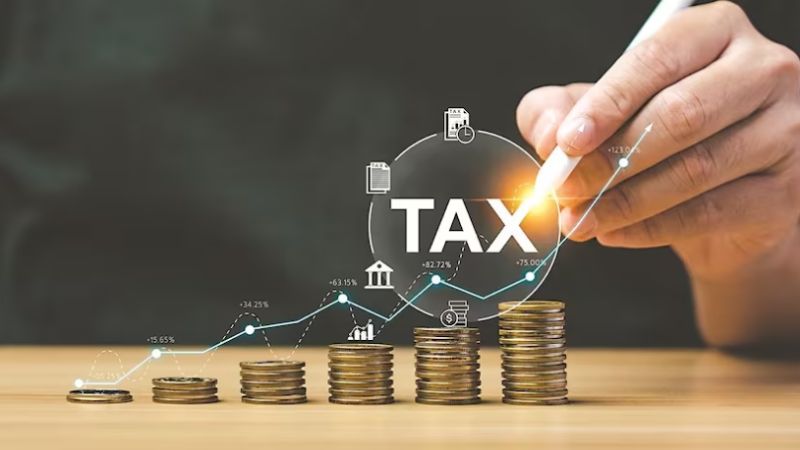
Income tax is a critical component of a country’s economy, ensuring governments have the necessary funds to invest in infrastructure, education, healthcare, and other public services. This blog explores the concept of income tax, its importance, and the different regimes under which it operates.
Income tax is a direct tax levied by the government on the income of individuals, businesses, and other entities. The tax is calculated based on the total income earned during a financial year and is payable annually. For individuals, income can come from various sources such as salaries, business profits, rental income, capital gains, or other means.
Income tax serves several purposes:
Revenue Generation: It’s a primary source of revenue for governments, funding public welfare and infrastructure projects.
Redistribution of Wealth: Through progressive taxation, higher earners contribute more, helping reduce income inequality.
Economic Stability: Proper tax collection ensures financial stability and helps manage inflation and deflation.
Encouraging Compliance: Offering exemptions and deductions incentivizes taxpayers to invest in areas like housing, education, and savings.
In many countries, taxpayers can choose between different income tax regimes based on their financial situation and preferences. In India, for instance, there are two primary regimes:
The old tax regime includes various tax slabs based on income levels and offers numerous exemptions and deductions. Some popular deductions include:
Section 80C: Investments in instruments like PPF, ELSS, and NSC.
Section 80D: Health insurance premiums.
House Rent Allowance (HRA): For salaried individuals living in rented accommodation.
This regime is suitable for individuals who can claim significant deductions and exemptions to lower their taxable income.
Introduced as a simplified tax structure, the new regime offers lower tax rates but eliminates most exemptions and deductions. For example:
Income up to a certain limit is taxed at a reduced rate.
Taxpayers cannot claim deductions like 80C or 80D.
This regime is ideal for individuals who do not have substantial investments or deductions to claim under the old system.
| Aspect | Old Regime | New Regime |
|---|---|---|
| Tax Rates | Higher, but with exemptions/deductions | Lower, with no exemptions/deductions |
| Complexity | Requires tax planning | Simple, straightforward |
| Ideal For | Individuals with significant investments | Individuals with minimal investments |
Choosing between the old and new tax regimes depends on your financial situation:
Calculate your taxable income under both regimes.
Consider your eligibility for deductions and exemptions.
Evaluate your investment portfolio and financial goals.
Understanding income tax and its regimes is crucial for effective financial planning. By choosing the right tax regime, you can optimize your tax outgo and align it with your long-term financial objectives. Consult a tax advisor or use online calculators to make an informed decision.